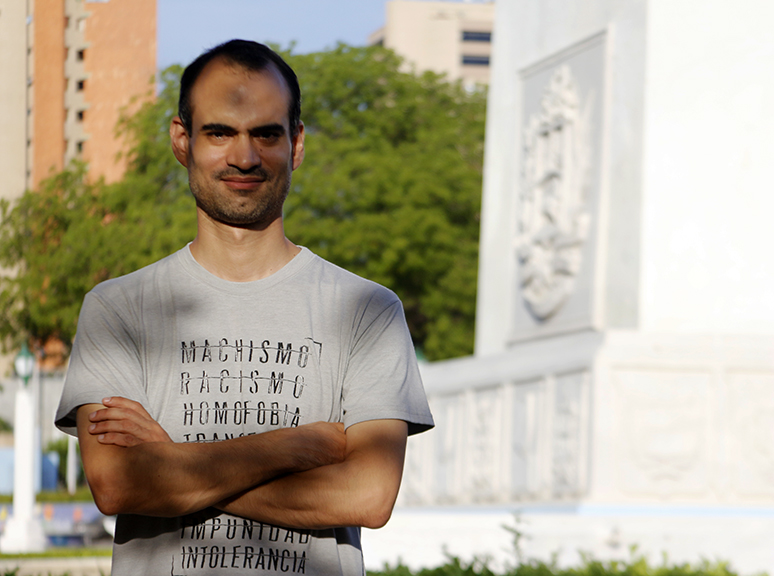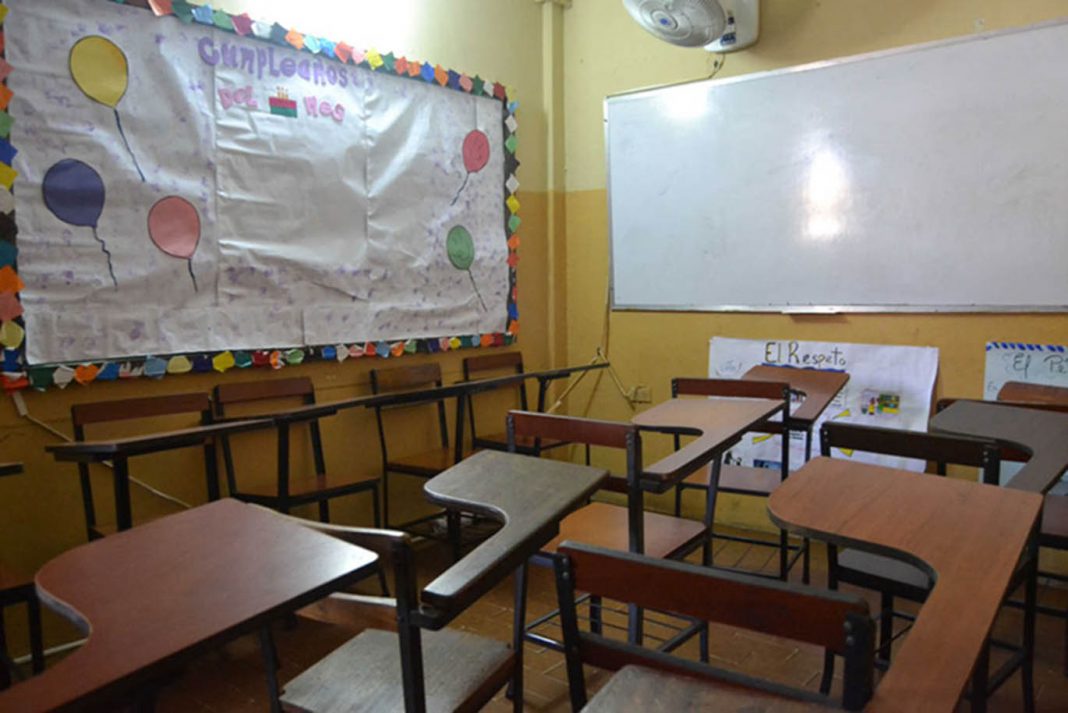The United States became the country with the third-largest number of Venezuelan migrants with 545,000, according to data from the United Nations High Commissioner for Refugees (UNHCR), which also shows that the total number of Venezuelan migrants and refugees around the world reached 7,722,579 in November 2023.
Although a number of Venezuelans have returned to their country, the UN agency affirms that the exodus of refugees and migrants from Venezuela to neighboring countries and the rest of the world has not stopped.
The number of Venezuelans traveling to Curacao increased by 362% after the opening of the border
The majority of refugees and migrants from Venezuela who arrive in neighboring countries are families with children, pregnant women, elderly people and people with disabilities. According to a recent needs assessment by the UNHCR and its partners from the Inter-agency Coordination Platform for Refugees and Migrants from Venezuela (R4V), many of them have fallen into poverty and are struggling to get through.
In the last three years, Venezuelans have arrived in big numbers in the United States.
According to data from US Customs and Border Protection (CBP), nearly 200,000 migrants were detained at the Southern border in September alone, 50,000 of them Venezuelans.
According to the CBP, the detention of migrants has peaked on four occasions since the onset of the pandemic: December 2021 (24,764), September 2022 (33,749), April 2023 (29,731) and the record figure for September 2023.
Venezuelans have been fleeing their country for more than a decade now due to the economic and humanitarian crisis. In the beginning, the most common destinations were other South American countries; However, the increasingly strict immigration policies established by these countries, the post-pandemic economic crisis and outbursts of xenophobia have caused Venezuelan migrants and refugees to look for second and third destinations, with the United States as one of the main options, even when the journey involves highly risky routes such as Darién Gap between Colombia and Panama,.
“We have seen in recent months that the reduction of economic opportunities in Latin America has given rise to a wave of Venezuelans who initially fled to countries like Colombia, Ecuador or Peru now leaving for the United States,” explains Geoff Ramsey, WOLA director for Venezuela.
Another problem is that Venezuelans arrive at the US border without legal documents to enter the country, and those who manage to do so request asylum or other protection that allows them to work and have access to public services.
The increasing number of migrants has brought chaos to the migration services of some US cities such as New York, where more than 120,000 migrants have arrived in the last year, half of them Venezuelans. The mayor of New York, Eric Adams, warned that the city’s public services are being pushed to the limit to provide assistance to the migrants.
Translated by Jose Rafael Medina




